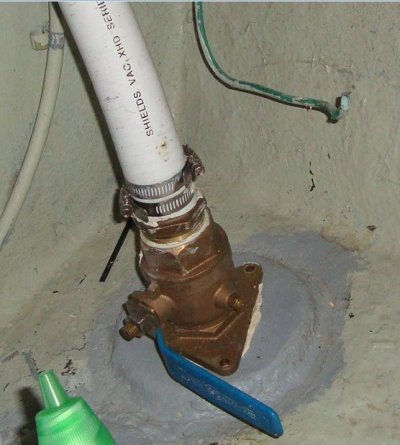saltcod
Senior Member
I had another go at the large seacock for the starboard raw water intake today. Put a 12-point socket on it with a 1/2" long handled torque wrench. Still no go. I tried all three of the smaller ones farther forward as well, without success. I pulled the water drain plug out of the big one, there was grease on the end of the plug. I'm going to try screwing a grease fitting into it and see if I can pump some grease in. If that fails to work on any of them, I am planning on hauling out in March, so I'll get after it then.


